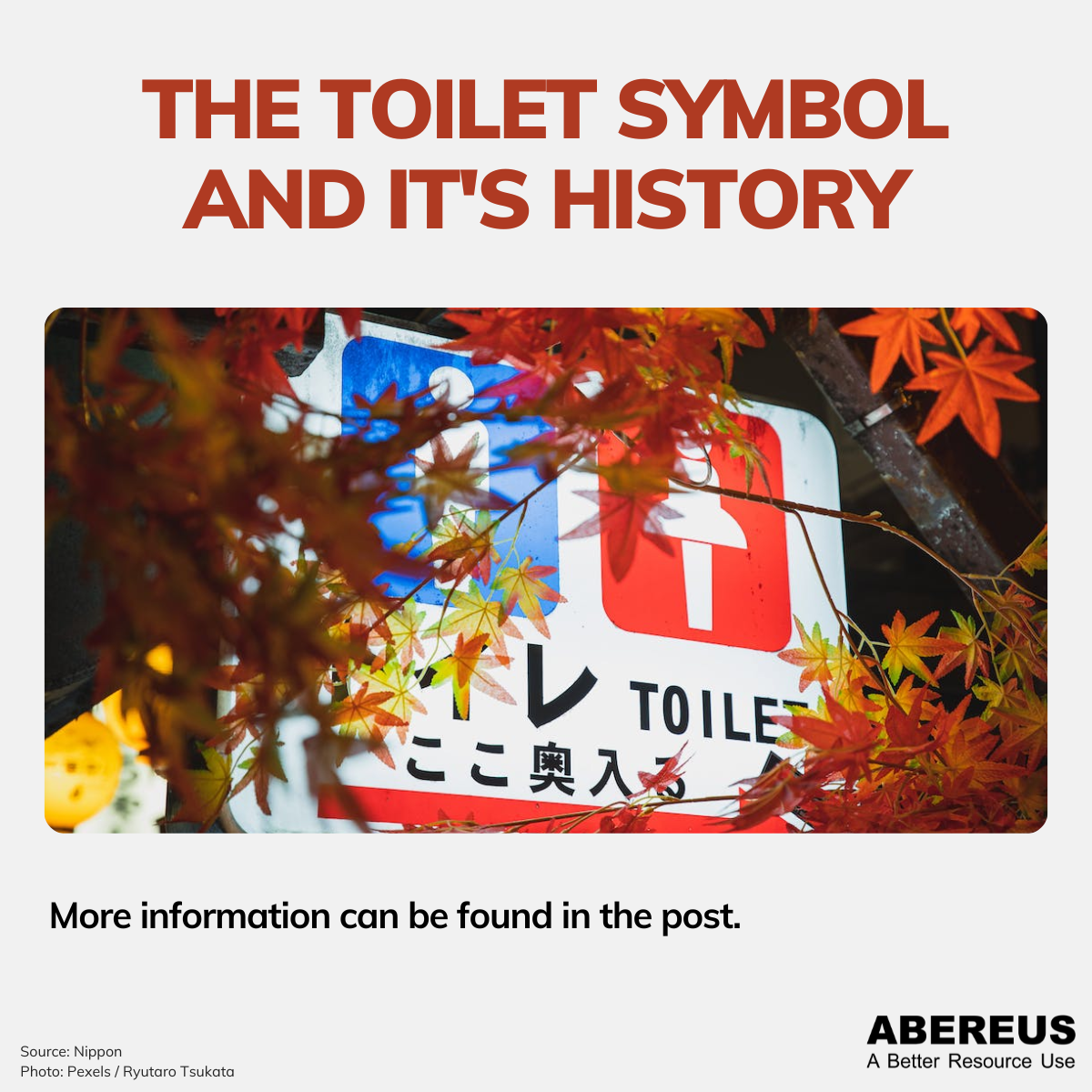The toilet symbol and it’s history

Date
Around Christmas and the end of the year, we use many symbols. Today, we’ll talk about a symbol which we all recognize easily around the globe, even though it does not represent the activity or the desired outcome. When we see a pictogram of a man or a woman, around the globe, we think of exactly one thing: toilets.
It is fascinating that this symbol is understood across our different cultures and across the different ways toilets are built. We can even playfully adapt the images and still it will be recognized. As long as there is a male figure and a female figure close to each other, we will think of a bathroom.
Apparently, those pictograms were invented around 1964 for the Tokyo Olympics. Since many tourists from around the world were expected in Japan, authorities wanted to have a simple system to recognize where to find them. Interestingly, Japan also uses a color coding: red for women and blue for men.
While the colors bring different difficulties and have not been universally adopted, the pictograms of a person with trousers as a man and of a person with a skirt as a woman can be found everywhere.
Yet, modern times might bring changes to this situation. Since we do not consider gender as binary anymore, only using a male and a female symbol is not sufficient to mark who can use the specific restrooms. There are initiatives to design the pictogram such that they indicate what’s inside the room and not who it is for. Because if there are urinals then people, who would like to use those, can enter the room. Similar advantages may be related to the different toilet styles: the ones you sit on or the ones to squat over.
Yet, it’s great to see that we humans understand each other very well on this basic need. For more interesting insights on everyday topics, share your favorite toilet pictogram and join us for a better resource use.



